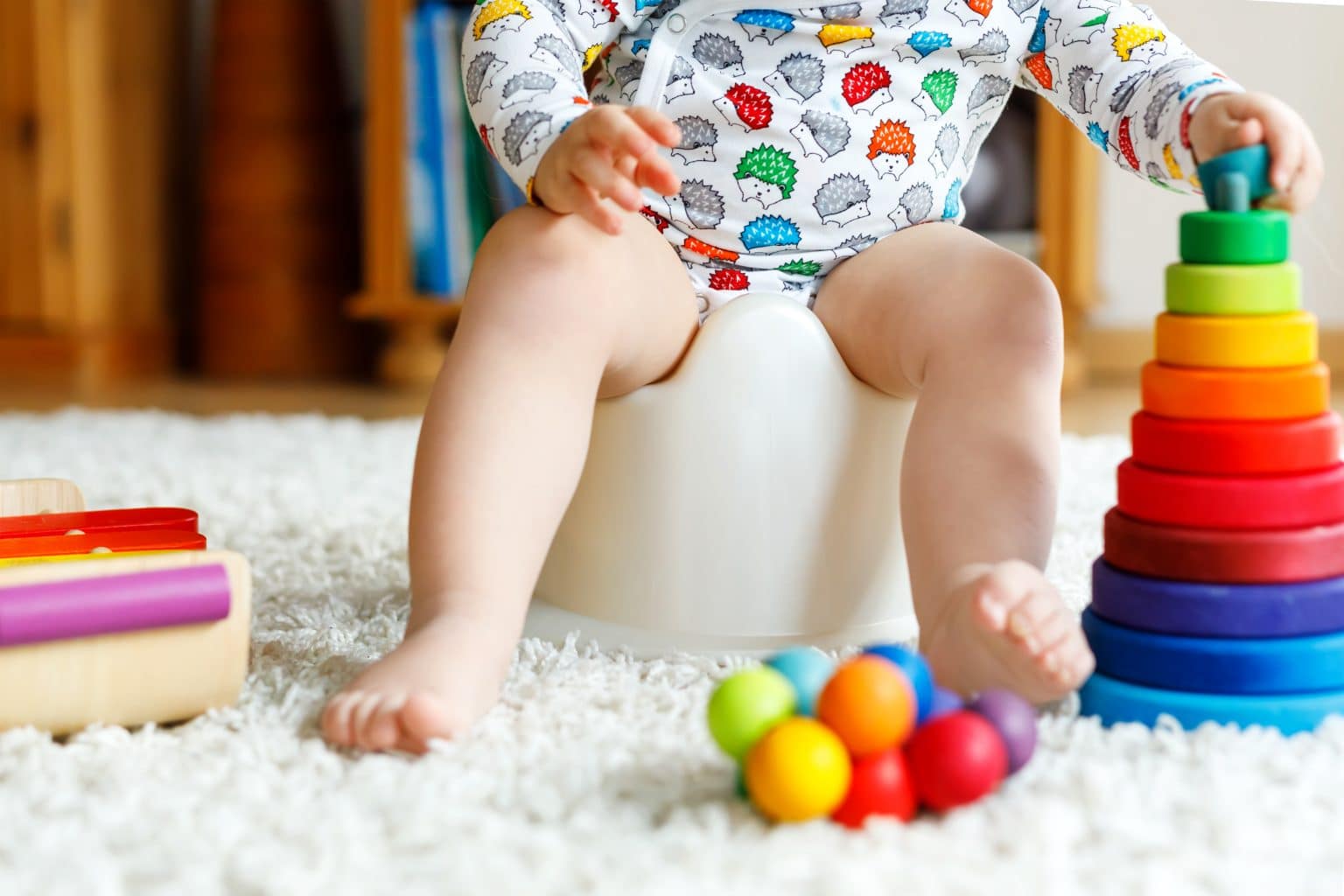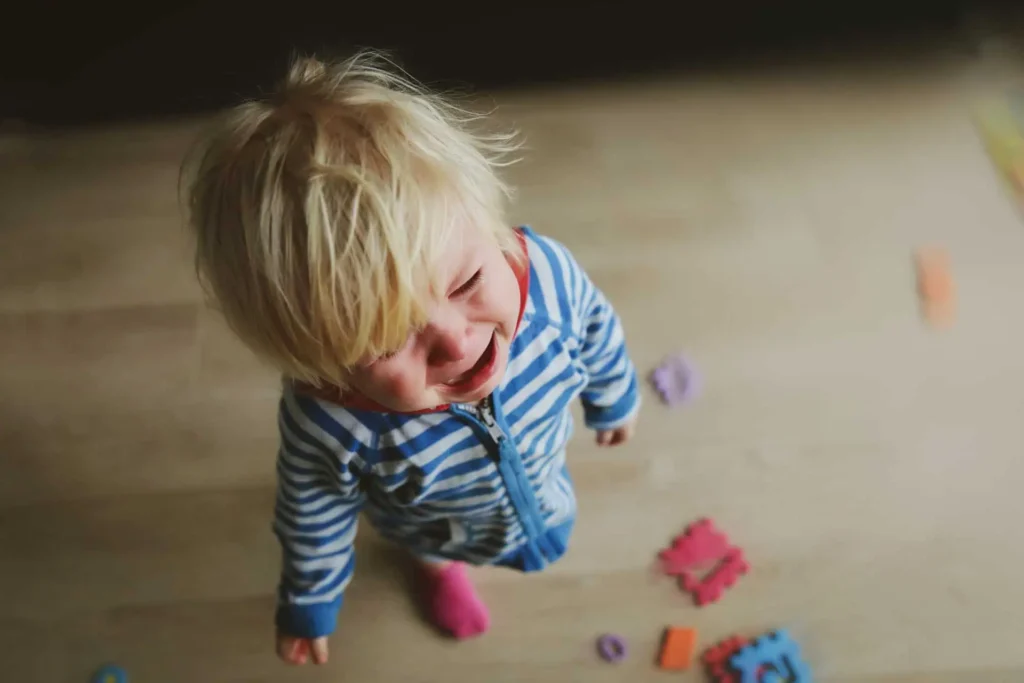From the pages of the Baby & Child Care Encyclopedia: Chapter 3, Starting Solids and the Toddler Years
I
t’s a milestone parents both look forward to and dread in equal measure. On one hand, no more diapers! On the other hand, teaching a tiny human to know their body’s cues and make it to the toilet in time is a daunting task (especially if kindergarten looms large!). Here’s the lowdown.
Most toddlers are able to learn to their bladder by age two to three and control their bowels by age three to four.
Night bladder control varies, but most children are completely dry all night by age four or five.
How to start potty training
For some kids, their toilet routine interest will be piqued early—often by observing parents or older siblings using the bathroom. For others, it may be a struggle to get them motivated to try the potty.
But first things first:
- Involve your child in choosing the potty. Whether you’re going to use a standalone potty or an attachment for the toilet, have your child go to the store with you to pick. You can also allow them to choose their own underwear, with a favourite character or a cute pattern, to encourage potty use. (You may want to use potty training diapers to start, but the new undies may provide much-needed motivation.)
- Have your child sit on the potty whenever they show an interest. Don’t pressure them to actually try to urinate or have a bowel movement at first. They can even sit on the potty clothed or in a diaper, as it is just to help them get used to the experience.
- When you feel they are ready, establish a routine where you take your child to try to use the potty a few times a day. Time these bathroom visits with when you know they may have to go—first thing in the morning, before nap, before bed.
- Applaud all attempts to use the bathroom, even if they don’t actually do anything. Kids get a kick out of big reactions from their parents and family members!
- When your child has a bowel movement in their diaper, take them to the bathroom and empty the contents of the diaper into the toilet. This signals your little one to know where poop should go.
As your child gets the hang of toileting—don’t be surprised if they master either peeing or pooping in the potty first, but still have trouble with the other—develop a reward system to show how proud you are of their progress. Some experts recommend against using food as a reward, suggesting parents opt for stickers or other small items instead. Often, families have a special song or book that corresponds with potty success.
Do not tease or scold your potty training toddler—even when you’re frustrated. This can give kids anxiety about using the toilet and halt progress. In the same vein, expect regressions. Changes in routine—starting or changing daycares, holidays at home with family, road trips and vacations—can set kids back and may require a little retraining.
Toilet training may take longer than you expected, so be patient. There will be accidents even after the toddler seems to have full control. Don’t hesitate to discuss the progress with your physician.
Read more from the Baby & Child Care Encyclopedia.

-
-
- Prenatal 101
- Breastfeeding and the First Three Months
- Starting Solids and the Toddler Years
- An Age-by-Age Guide to Sleep
- Family Nutrition
- Kids and Mental Health
- When Your Child is Sick
- Safety and First Aid
- Milestones, Checklists and Charts
-










